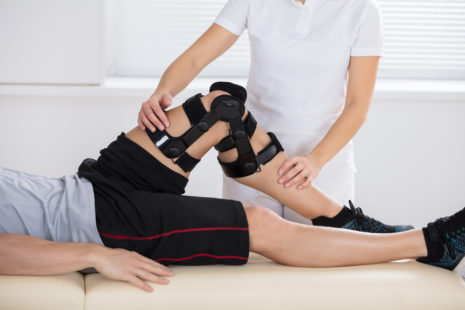Among the gymnastics events, the floor exercise and the vault are often associated with the highest risk of injuries.
- Floor Exercise – The floor exercise involves dynamic tumbling passes, jumps, and landings on a padded mat. Gymnasts perform a variety of high-impact maneuvers, including flips, twists, and somersaults, which can place significant stress on the musculoskeletal system. The repetitive nature of these movements, combined with the force generated during landings, increases the risk of overuse injuries, such as stress fractures, as well as acute injuries, such as sprains, strains, and contusions.
- Vault – The vault event requires gymnasts to sprint down a runway and execute a powerful springboard jump onto a stationary vaulting table. Gymnasts perform various vaulting techniques, including twisting, flipping, and handstand positions, which require precise timing, coordination, and strength. The high-speed approach and explosive movements involved in vaulting can increase the risk of injuries, particularly if gymnasts mistime their jumps, land awkwardly, or collide with the vaulting table. Injuries to the ankles, wrists, and upper extremities are common in vaulting accidents.
While injuries can occur in any gymnastics event, the floor exercise and the vault are often considered the most injury-prone due to the high-impact nature of the movements involved and the risk of falls or collisions during execution. It’s important for gymnasts, coaches, and trainers to prioritize safety, proper technique, and injury prevention strategies to minimize the risk of injuries during training and competition in these events. This includes appropriate warm-up and conditioning, proper equipment maintenance, supervision during practice, and adherence to safety guidelines and protocols. Regular monitoring of athletes’ physical health and well-being can also help identify and address potential injury risks before they escalate.




